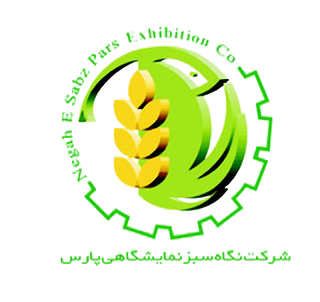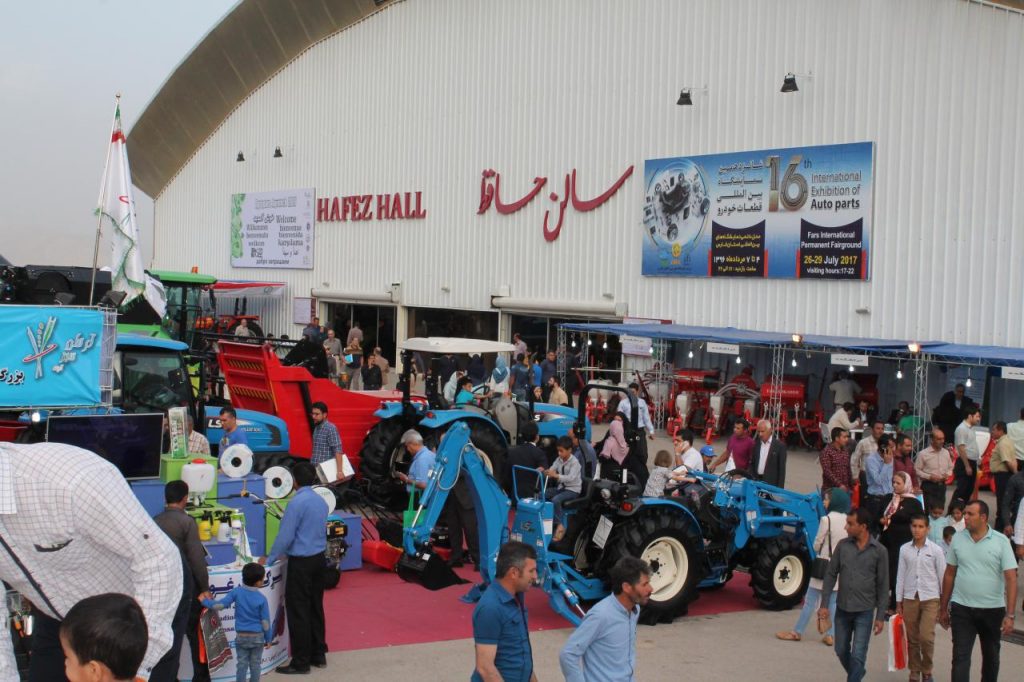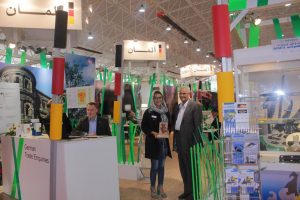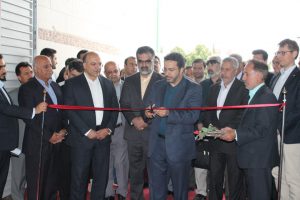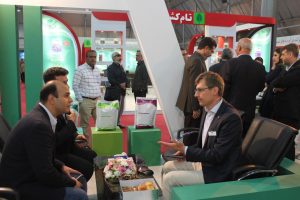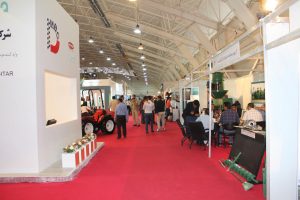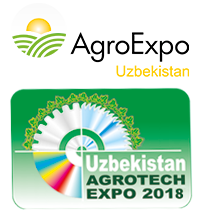Agrotech-Agropars 2018
AgricultureThe Exhibition
Fars International Exhibition Center will newly open its doors for the 14th edition of Agrotech-Agropars, – the largest Iranian international exhibition for agricultural machinery, horticulture equipment, fertilizers, pesticides, seeds and water supply from 24 to 27 April 2018. As many as 250 local and international companies from 11 countries including Germany, China, Poland, Russia, Belgium and others participated in Agrotech-Agropars in 2017, Germany and China even with their own country stands. Companies exhibited their latest innovations and technologies in the area of farm machinery, inputs (fertilizers, pesticides and seeds) and irrigation to around 20.000 visitors from all over Iran and its neighboring countries. The modern exhibition center offers 20,000 square meters of covered exhibition space and 3,000 sqm outdoor. The German Agricultural Society (DLG) will organize a professional conference program involving high-ranking industry experts from Europe.
The Market
Iran is the second largest country in the Middle East covering an area of almost 1.65 million km2. Diverse climatic zones and temperature fluctuations enable Iran to produce a range of agricultural products. These are wheat, rice, maize, barley, dates, melons, figs, grapes, sugar beets and sugarcanes, nuts, olives, tea, rice and various other vegetables. Iran is considered the largest producer of pistachio nuts and saffron in the world. However, due to geographical conditions only around 12-15% of the land surface is cultivated; another 25% of the land surface is used as rangeland. One of the main challenges of the country’s agricultural industry is the scarcity of two main resources – water and soil. The annual level of precipitation is way below global average and is distributed unevenly throughout the country. Moreover, most of the rivers and waterways have dried out due to an ineffective consumption of water resources during the last century, which makes Iran highly dependent on modern irrigation technologies. The soil quality is poor, but there is a potential to increase yields by 60% through the accurate application of fertilizers.
Iran’s agricultural sector is in general poorly equipped with modern technology. During the last decade, Iran faced a considerable backlog in foreign investment and the import of foreign technology and components. Most of the agricultural machines and equipment are outdated and the majority of farms are still using inefficient and ineffective farming techniques. Therefore, Iran is in need of an overall modernization of its technological base. Some of the highly demanded agricultural technologies are among others irrigation systems, process automation technologies, cultivation and harvesting machinery, greenhouse technology .
Why Shiraz? Shiraz is located at the foot of Zagros Mountains and is considered the economic and cultural center of Iran’s most important agricultural region. With a population of about 1.7 million, it is the sixth largest city of Iran. Along with the neighboring regions of Arrak and Isfahan as well as Mashhad in the Northeast, Shiraz is home to Iran’s most important producers of agricultural machinery and equipment
PROJECT MANAGER(S)
EXHIBITION TOPICS
- Agricultural machinery
- Fertilizers
- Pesticides
- Seeds
- Water supply / Irrigation
- Horticulture


